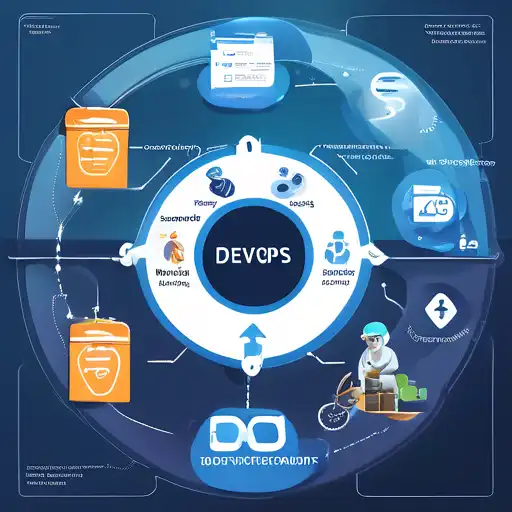Introduction to DevOps in Software Development
DevOps has revolutionized the way software is developed, deployed, and maintained. By bridging the gap between development and operations teams, DevOps practices ensure a smoother, more efficient software development lifecycle (SDLC). This article explores the myriad ways DevOps enhances the SDLC, from improved collaboration to faster delivery times.
The Core Benefits of DevOps
DevOps brings several key benefits to the software development process. These include:
- Improved Collaboration: DevOps fosters a culture of collaboration between developers and operations teams, breaking down silos and enhancing communication.
- Increased Efficiency: Automation tools in DevOps streamline processes, reducing manual errors and speeding up delivery.
- Higher Quality Products: Continuous integration and continuous delivery (CI/CD) ensure that code is tested and deployed more reliably, leading to higher quality software.
- Faster Time to Market: By automating and optimizing the development pipeline, DevOps enables faster release cycles, giving businesses a competitive edge.
DevOps Practices That Transform the SDLC
Several DevOps practices are pivotal in transforming the SDLC. These include:
- Continuous Integration and Continuous Delivery (CI/CD): Automating the integration and delivery process ensures that code changes are more reliable and can be deployed quickly.
- Infrastructure as Code (IaC): Managing infrastructure through code improves consistency and reduces setup times.
- Monitoring and Logging: Real-time monitoring and logging help in identifying and resolving issues quickly, ensuring system reliability.
- Microservices Architecture: Adopting a microservices architecture allows teams to develop, deploy, and scale parts of the application independently.
Implementing DevOps: A Step-by-Step Approach
Adopting DevOps requires a strategic approach. Here’s how organizations can implement DevOps practices effectively:
- Assess Current Processes: Identify bottlenecks and inefficiencies in the current SDLC.
- Define Clear Objectives: Set measurable goals for what you want to achieve with DevOps.
- Choose the Right Tools: Select tools that align with your objectives and integrate well with your existing systems.
- Foster a DevOps Culture: Encourage collaboration and continuous learning among team members.
- Monitor and Optimize: Continuously monitor the outcomes and optimize processes for better results.
Conclusion
DevOps is not just a set of practices but a culture that promotes collaboration, efficiency, and continuous improvement in the software development lifecycle. By adopting DevOps, organizations can achieve faster delivery times, higher quality products, and a significant competitive advantage. For more insights into optimizing your development processes, explore our technology trends section.
